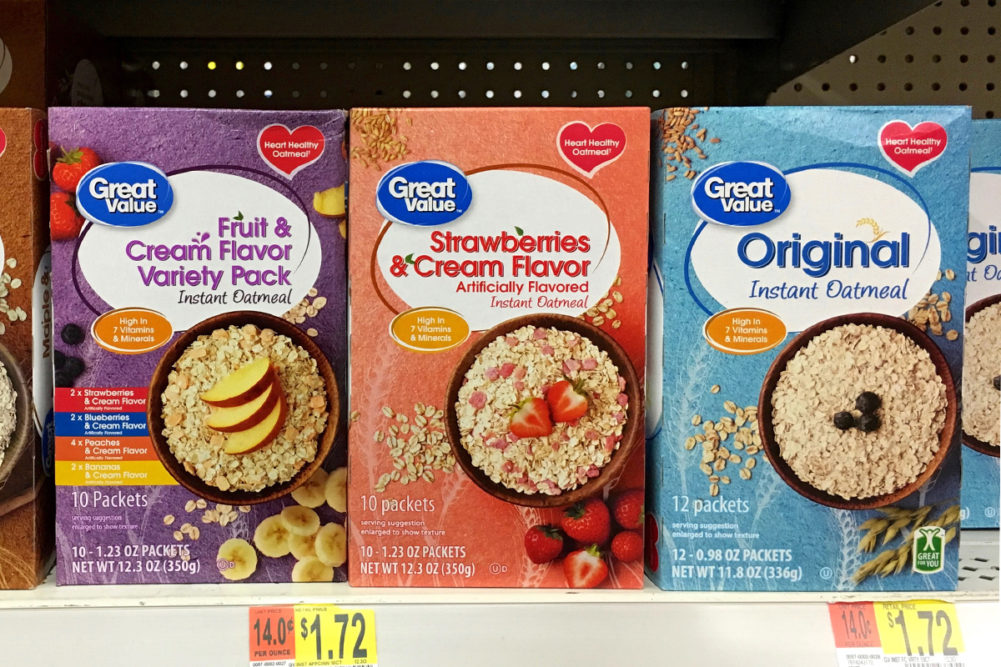ARLINGTON, VA. — More than 81% of food retailers and manufacturers see innovation as the top strategy to increase private label market shares, according to recent data from FMI – The Food Industry Association.
The report found the vast majority of retailers and manufacturers are looking to increase private label investments in the next two years as rising prices have consumers switching from major to store brands.
“As the food industry looks toward the future for private brands, they are setting bold targets based on high demand from consumers,” said Doug Baker, vice president of industry relations for FMI. “To reach these goals, retailers and manufactures are looking at several tactics … including innovation, strategies to accelerate growth and enhanced e-commerce availability for private brands.”
Most companies looking to innovate believe the most potential lies in the creation of private label premium products (69%), but other popular ideas include developing products with simple ingredient lists (60%) or products with strong price/value (56%).
These strategies mirror the attributes companies find most important to achieve growth in private label, with best value, premium, and simple/clean ingredient products ranking at the top.
Though innovation remains the primary plan for growth among retailers and manufacturers, 71% of respondents also believe working with suppliers to optimize price and availability is a viable option. Additional strategies include improving consumer insight and trends intelligence, launching new products and improving packaging.
Companies also believe they need to change their e-commerce approach. In order to grow, they will need to update the search functions of retailers’ websites to prioritize private labels, include compelling product images, and add product tagging for specific properties like sustainability or health and wellness.
While industry opinions on growth strategies vary, retailers and manufacturers strongly agree on the biggest obstacles facing private labels: supply chain issues (78%) and pricing pressures (78%).





